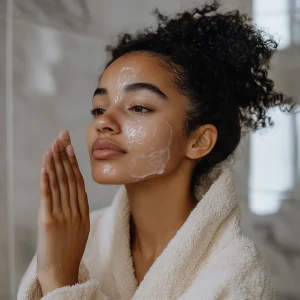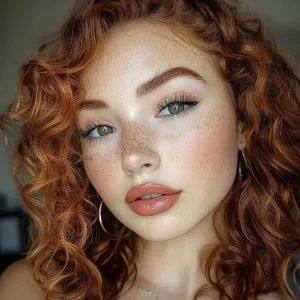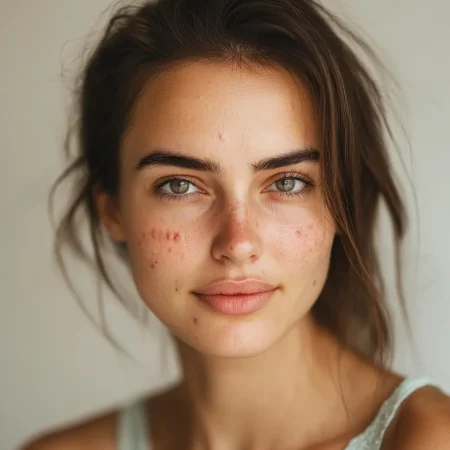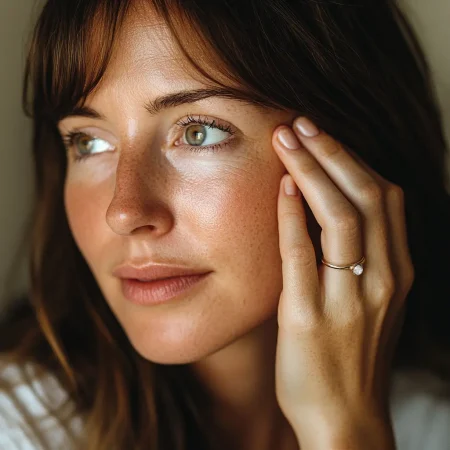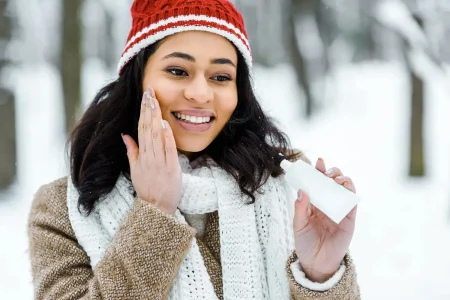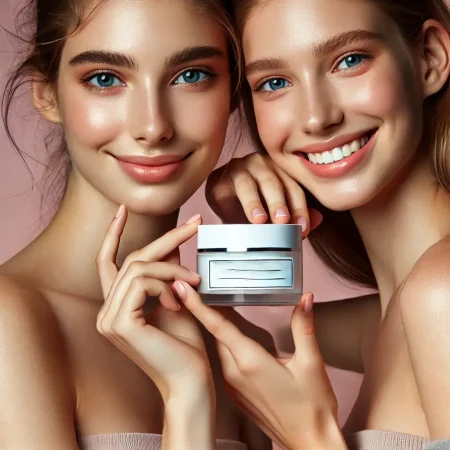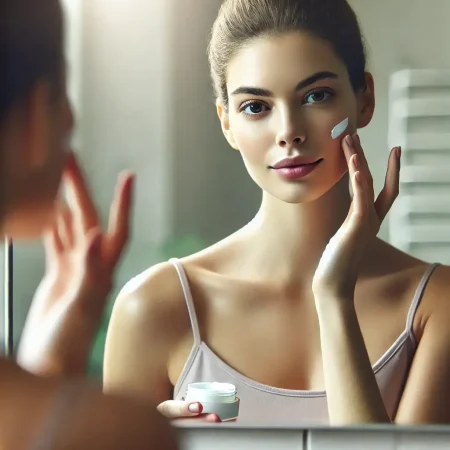TikTok skincare trends are everywhere — promising glowy skin, overnight fixes, and DIY hacks using ingredients straight from your kitchen. It’s fast, fun, and sometimes… a little reckless. One quick scroll and you’re met with glassy complexions, 10-second routines, and beauty advice that ranges from brilliant to downright bizarre.
But here’s the catch: not all TikTok skincare trends are created equal. Some can transform your skin; others might send you running to a dermatologist.
As a skincare enthusiast (and someone who’s tested more viral routines than I care to admit), I decided to cut through the noise. In this guide, I’ll break down 7 TikTok skincare trends that are actually worth trying — and 2 you should avoid at all costs. Whether you’re just building your routine or you’ve got a shelf full of serums, you’ll find honest, expert-backed insights to help you scroll smarter and glow better.
Table of contents
7 TikTok Skincare Trends That Actually Work
1. Skin Flooding: Deep Hydration in Layers
What It Is:
Skin flooding is a trending hydration technique that’s all about drenching your skin with moisture — the smart way. Instead of applying a thick cream and hoping for the best, you layer lightweight, hydrating products in a specific order to maximize absorption. It usually starts with a face mist or toner, followed by a humectant-rich serum (think: hyaluronic acid), and finishes with a moisturizer to seal everything in.
Why It Works:
If your skin feels tight, flaky, or just… meh, skin flooding can be a total game-changer. It boosts hydration levels by feeding your skin water-loving ingredients in stages. Think of it like quenching your skin’s thirst one refreshing sip at a time — rather than dumping a bucket on dry soil.
Expert Insight:
“Flooding with humectants like hyaluronic acid on damp skin helps lock in moisture more effectively,” says Dr. Marisa Garshick, board-certified dermatologist. “It’s especially helpful during colder months or when your skin barrier needs extra support.”
How To Do It:
- Start with a gentle cleanser to prep your skin
- Mist lightly with a hydrating toner or thermal water
- While your skin is still damp, apply a hyaluronic acid serum
- Lock in hydration with a nourishing moisturizer
- (Optional) Add a facial oil on top if your skin feels extra dry
Try This:
- La Roche-Posay Thermal Spring Water
- The Ordinary Hyaluronic Acid 2% + B5
- CeraVe Daily Moisturizing Lotion
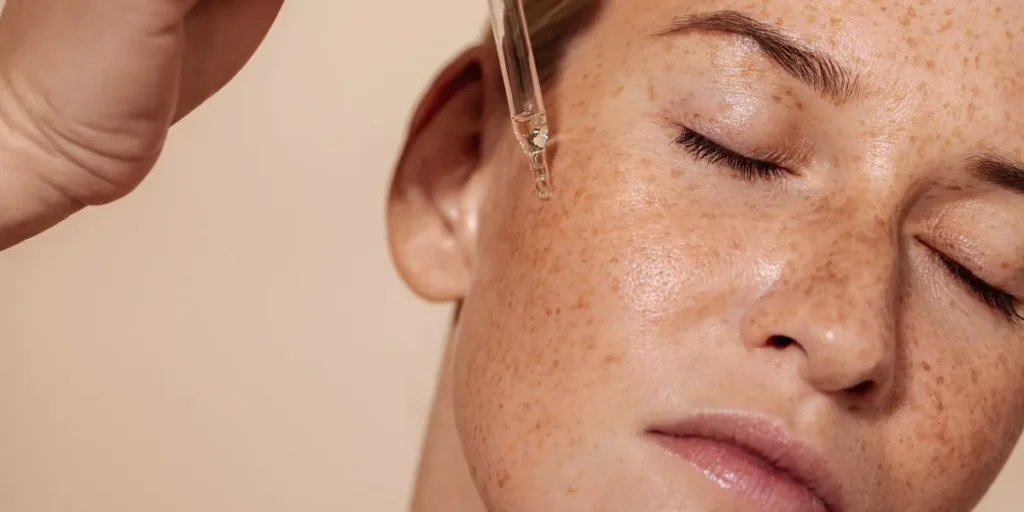
2. Skin Cycling: Smarter Skincare, Fewer Side Effects
What It Is:
Skin cycling is a dermatologist-approved routine strategy that alternates active ingredients over a 4-day cycle to minimize irritation and maximize results. Instead of using retinol, exfoliants, and hydrators all at once (which can overwhelm your skin), you give your skin time to recover between treatments. This concept was made popular on TikTok by Dr. Whitney Bowe and quickly took off for its simplicity and effectiveness.
Why It Works:
By rotating ingredients — like exfoliating acids, retinoids, and recovery products — skin cycling allows your skin barrier to stay strong while still benefiting from actives. It’s a great way to introduce powerful ingredients slowly and prevent over-exfoliation, dryness, or purging. Perfect for beginners and sensitive skin types alike.
What the Experts Say:
“Skin cycling gives your skin the chance to recover between treatments, which is crucial for maintaining a healthy barrier,” says Dr. Whitney Bowe. “You’re not doing less — you’re doing it smarter.”
How the Cycle Works (4-Night Method):
- Night 1: Exfoliation (AHA/BHA-based toner or serum)
- Night 2: Retinoid (low or moderate strength)
- Nights 3 & 4: Recovery — focus on barrier repair with hydrating serums and moisturizers (no actives)
Then the cycle repeats.
Pro Tip:
Don’t skip recovery nights — they’re essential! Use ingredients like ceramides, peptides, and hyaluronic acid to support healing and hydration.
Who It’s Best For:
- People new to actives (retinol, acids)
- Sensitive or reactive skin
- Anyone who wants a balanced, long-term routine
Suggested Products:
- La Roche-Posay Cicaplast Baume B5 or Avene Tolerance Control (Nights 3 & 4)
- The Ordinary Glycolic Acid 7% Toning Solution (Night 1)
- CeraVe Resurfacing Retinol Serum (Night 2)
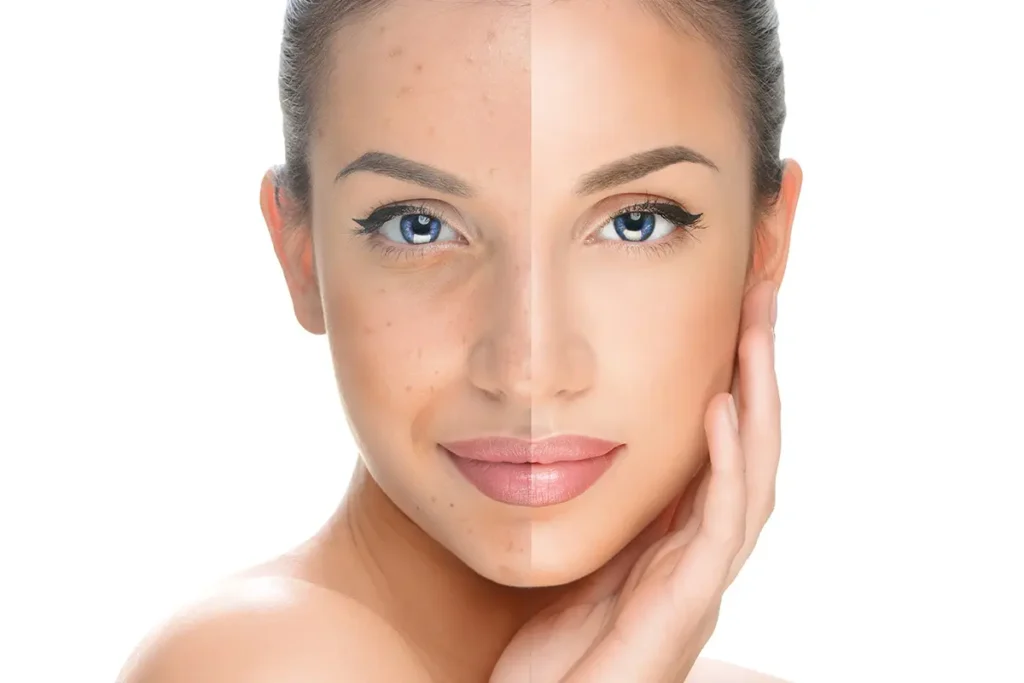
3. Ice Rolling: Cool Down Puffiness in Minutes
What It Is:
Ice rolling is a skincare ritual that’s as soothing as it sounds. It involves gently massaging your face with a chilled roller — typically made of stainless steel or jade — to reduce puffiness, tighten pores, and wake up dull skin. TikTok made it trendy, but the results keep it on everyone’s shelf.
Why It Works:
The cold temperature constricts blood vessels, which reduces inflammation and swelling — especially around the eyes and cheeks. It also improves circulation, giving your skin a healthy, flushed glow. While it doesn’t replace your serums, it can enhance their effects when used right before or after application.
What the Experts Say:
Dermatologists agree: while ice rolling won’t change your skin long-term, it’s a safe and refreshing way to temporarily depuff and soothe. It’s especially helpful in the morning or after late nights, salty foods, or crying sessions (we’ve all been there).
How to Use It:
- Keep your ice roller in the freezer or fridge
- Use it on clean skin or after applying a hydrating serum
- Gently roll across your face in upward and outward strokes
- Focus on puffy areas like under-eyes, jawline, and forehead
- Clean the roller with a gentle cleanser after each use
Bonus Tip:
If you’re short on time, even a cold spoon from the freezer can help in a pinch — but a proper ice roller stays cooler longer and glides better.
Try These Tools:
- Esarora Ice Roller
- Skin Gym IceCool Roller
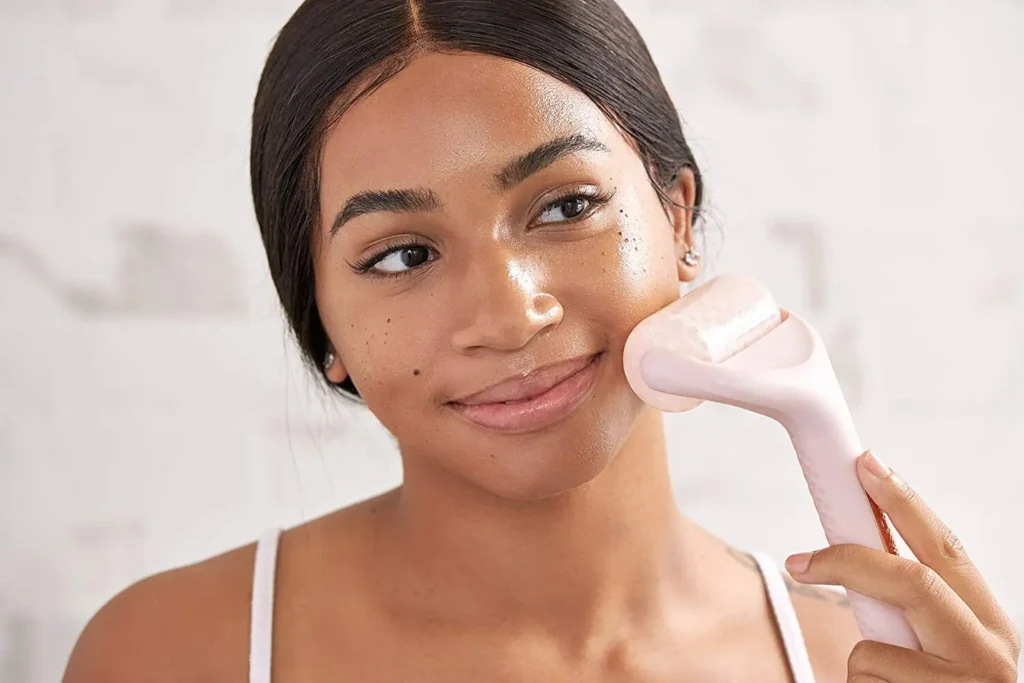
4. Niacinamide + Zinc: Calm, Clear, and Balanced
What It Is:
Niacinamide (Vitamin B3) and zinc have become a dream duo in the world of skincare — especially for those with oily or acne-prone skin. Most viral serums that combine these two ingredients aim to reduce redness, control excess oil, minimize pores, and even fade post-acne marks.
Why It Works:
Niacinamide is a multitasking powerhouse — it helps strengthen your skin barrier, even out tone, and reduce inflammation. Zinc, meanwhile, is known for its calming and oil-regulating effects. Together, they bring balance to stressed or breakout-prone skin without drying it out like harsher treatments often do.
What the Experts Say:
According to cosmetic chemists and dermatologists, niacinamide is one of the most well-tolerated actives out there, suitable for daily use and safe even for sensitive skin. “When paired with zinc, it becomes especially effective at reducing inflammation linked to breakouts,” says Dr. Andrea Suarez, board-certified dermatologist.
How to Use It:
- Cleanse your skin as usual
- Apply a few drops of the serum onto damp skin
- Gently press it in — don’t rub aggressively
- Follow with a lightweight, non-comedogenic moisturizer
- Use once or twice daily, depending on your skin’s needs
Watch Out For:
Some people may experience slight purging or dryness in the first few days — especially if combined with exfoliants. Introduce it gradually and avoid layering with strong acids at the same time.
Top Pick:
- The Ordinary Niacinamide 10% + Zinc 1%
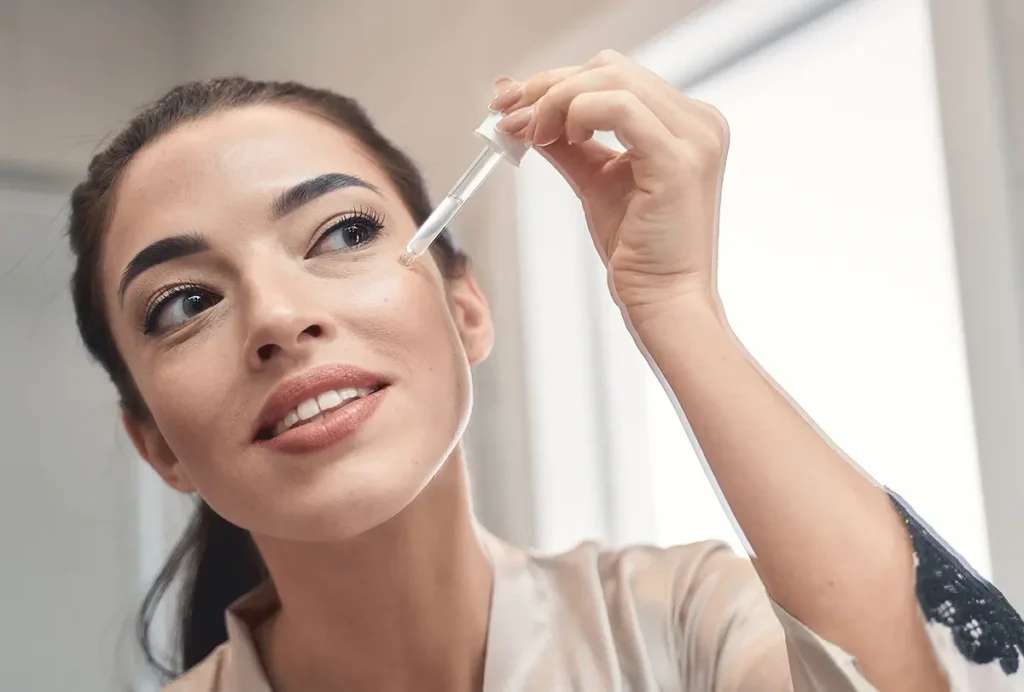
5. DIY Green Tea Toner: Natural, Gentle, and Antioxidant-Rich
What It Is:
Green tea isn’t just good for your gut — it’s also a soothing, antioxidant-packed ingredient that’s become a quiet favorite on TikTok for DIY skincare. The idea is simple: brew, cool, apply. Many users swear by this homemade toner for calming redness, reducing oil, and gently refreshing the skin.
Why It Works:
Green tea contains powerful polyphenols, especially EGCG, which help fight free radicals and soothe inflammation. It’s naturally antibacterial and anti-inflammatory, making it a great option for acne-prone or irritated skin. Plus, it’s caffeine-rich — which can help de-puff and energize a tired-looking complexion.
What the Experts Say:
While green tea is considered a gentle, skin-safe ingredient, dermatologists recommend caution with all DIY products. “It’s not just what you apply — it’s how you store and use it,” notes Dr. Samantha Ellis. “Bacteria can grow fast in homemade skincare if it’s not refrigerated or used quickly.”
How to Make and Use It:
- Steep one bag of organic green tea in hot water for 3–5 minutes
- Let it cool completely (room temp or fridge)
- Pour into a clean spray bottle or glass container
- Store in the refrigerator and use within 3–5 days
- Apply morning and night with a cotton pad or spritz directly onto your face
DIY Caution:
Skip the lemon, baking soda, or essential oils — they don’t belong in your toner and can irritate your skin. Keep it simple, clean, and fresh.
Pro Tip:
For a boosted version, add a drop of glycerin or a splash of rose water (if your skin tolerates it well) — just remember to patch test first.
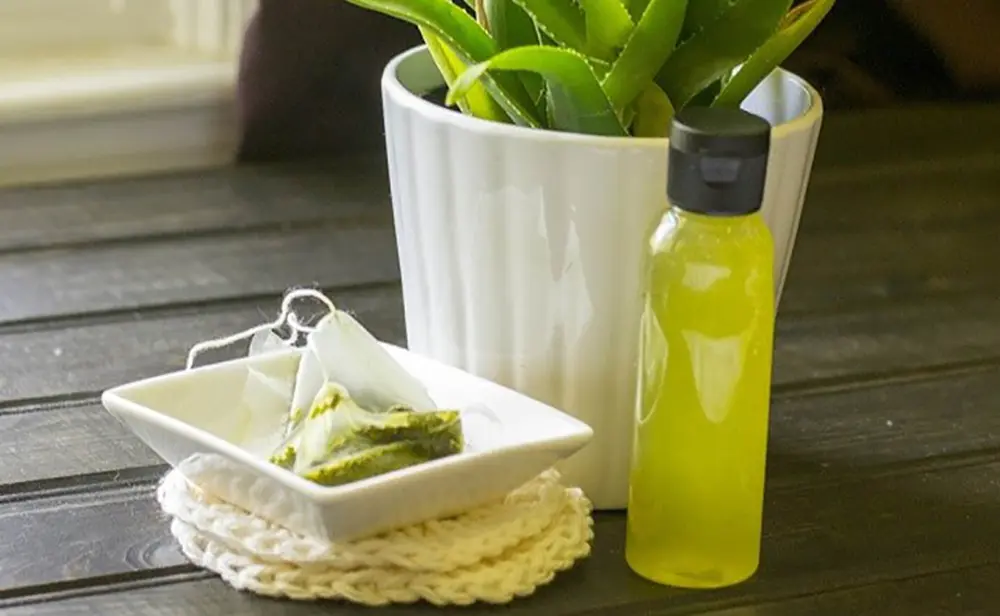
6. SPF Layering: Your Skin’s Daily Shield
What It Is:
SPF layering isn’t a fancy trend — it’s just smart skincare finally getting the attention it deserves, thanks to TikTok. The core idea? Always apply sunscreen as the last step in your morning routine, and reapply it throughout the day — even over makeup. It’s not optional. It’s essential.
Why It Works:
UV radiation is one of the top causes of premature aging, pigmentation, and even skin cancer. Sunscreen forms a protective barrier that shields your skin from harmful UVA and UVB rays. But one application in the morning isn’t enough — reapplying every two hours (especially if you’re outside or sweating) is what truly makes the difference.
What the Experts Say:
According to the American Academy of Dermatology, most adults don’t use enough sunscreen — and almost no one reapplies it properly. You need about a nickel-sized amount for your face alone. Reapplication with sprays or sticks makes the habit easier and mess-free.
How to Use It (Properly):
- After moisturizing, apply broad-spectrum SPF 30 or higher
- Let it absorb fully before applying makeup
- Reapply every two hours when outdoors, or after sweating
- Use SPF sticks, cushions, or setting sprays for reapplication over makeup
Common Mistakes to Avoid:
- Relying on SPF in foundation alone — it’s not enough
- Skipping sunscreen on cloudy days
- Forgetting your neck, ears, and hands
Top Products:
- EltaMD UV Clear SPF 46
- Supergoop! (Re)setting Mist SPF 40
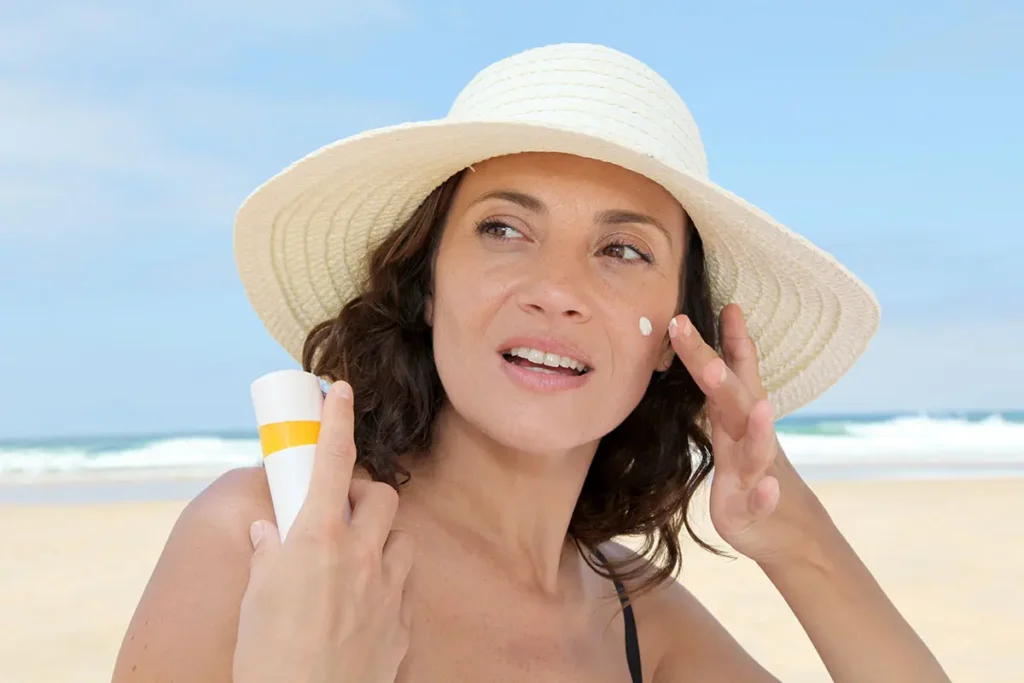
7. Double Cleansing: Clean Skin, Clear Results
What It Is:
Double cleansing is a two-step face-cleansing method rooted in K-beauty and now a staple in many skincare routines. The idea is simple: first, use an oil-based cleanser to melt away sunscreen, makeup, and excess sebum; then follow with a water-based cleanser to wash away impurities and residue.
Why It Works:
Think of it like sweeping before mopping — the oil cleanser loosens the “grime,” while the second cleanser purifies. This method helps prevent clogged pores, breakouts, and dullness by ensuring your skin is thoroughly clean — without stripping it dry.
What the Experts Say:
Dermatologists recommend double cleansing especially for people who wear makeup, SPF daily, or live in urban, polluted environments. “It makes your skincare products work better because they’re not fighting through leftover residue,” says Dr. David Lortscher, dermatologist and Curology founder.
How to Do It:
- Start with dry hands and dry face
- Massage an oil-based balm or cleanser gently to dissolve dirt, sunscreen, and makeup
- Rinse with lukewarm water
- Follow with a gentle foaming or gel-based cleanser
- Pat skin dry and move on to the rest of your routine
Who Should Use It:
Ideal for normal to oily skin types, makeup wearers, and SPF lovers. Sensitive or very dry skin types should choose mild, fragrance-free cleansers.
Top Picks:
- Heimish All Clean Balm
- CeraVe Foaming Facial Cleanser
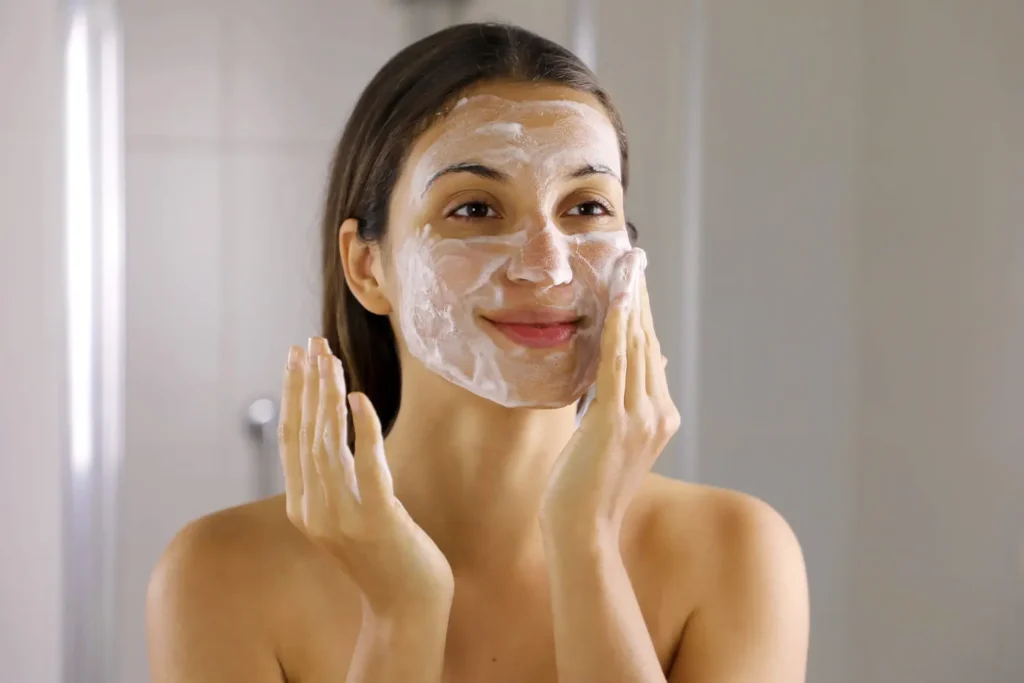
❌ 2 TikTok Skincare Trends to Avoid
1. Lemon Juice as Toner: Too Harsh to Handle
Some TikTok users claim that applying raw lemon juice can help lighten dark spots or shrink pores. It might sound natural and budget-friendly, but dermatologists agree: this is a skincare disaster waiting to happen.
Why It’s Risky:
Lemon juice is highly acidic (pH ~2) and can seriously disrupt your skin’s protective barrier. It can cause chemical burns, irritation, redness, and even long-term hyperpigmentation — especially when exposed to sunlight. This isn’t just bad science — it’s dangerous.
Expert Warning:
“There’s no safe way to use raw lemon on your face,” says Dr. Hadley King, NYC-based dermatologist. “It can lead to photosensitivity, inflammation, and lasting damage.”
Use Instead:
- Lactic acid toners
- Vitamin C serums made for skin
2. Toothpaste for Pimples: Just Don’t
This old-school acne hack has resurfaced thanks to TikTok: dabbing toothpaste on pimples to dry them out overnight. Sounds easy, right? Too bad it’s also a one-way ticket to skin irritation.
Why It’s Risky:
Toothpaste contains ingredients like menthol, baking soda, hydrogen peroxide, and fluoride — all formulated for enamel, not delicate facial skin. These compounds can cause dryness, peeling, and even chemical burns.
Downside:
It might dry one zit, but usually leaves you with more irritation and even scarring.
Better Options:
- Benzoyl Peroxide (Clean & Clear Persa-Gel 10)
- Salicylic Acid (Paula’s Choice BHA Liquid)
Conclusion: Filter TikTok With Science
Not every viral skincare trick is a disaster — some are backed by science, loved by dermatologists, and genuinely helpful (hello, double cleansing and SPF layering). The key is separating the good from the gimmicks.
Use this list as your cheat sheet: try the trends that hydrate and support your barrier, and ditch anything that stings, burns, or sounds too much like a chemistry experiment. And always remember: your skincare routine should be based on your skin — not just your For You Page.
❓ Frequently Asked Questions (FAQs)
1. Which TikTok skincare trends are actually backed by science?
Trends like double cleansing and using niacinamide serums have been supported by dermatologists and skincare experts. They’re effective when done correctly and with the right products.
2. Are DIY TikTok skincare hacks safe to try at home?
Some are — like green tea toner — but many others, like lemon juice or coffee scrubs, can irritate or damage your skin. Always research ingredients and avoid anything too acidic or abrasive.
3. Is skin cycling good for beginners or sensitive skin?
Yes — it’s actually designed with that in mind. Skin cycling helps you introduce actives like exfoliants and retinol gradually while giving your skin time to recover. It’s ideal for anyone looking to avoid irritation and keep their barrier strong.
4. Is it okay to try multiple TikTok skincare trends at once?
It’s better to introduce one new trend at a time so you can monitor how your skin reacts. Layering too many unfamiliar techniques can overwhelm your skin and cause irritation.
5. How can I tell if a TikTok skincare trend is safe or just hype?
Check if licensed dermatologists or credible skincare brands support the trend. Avoid hacks that involve food, harsh acids, or anything that sounds too good to be true. If it lacks science, skip it.
🔗 Internal Links You Could Add:
- Your Guide to Building a Skincare Routine
- How to Layer Skincare Products Like a Pro?
- What Are the Best Moisturizers for Oily Skin?



